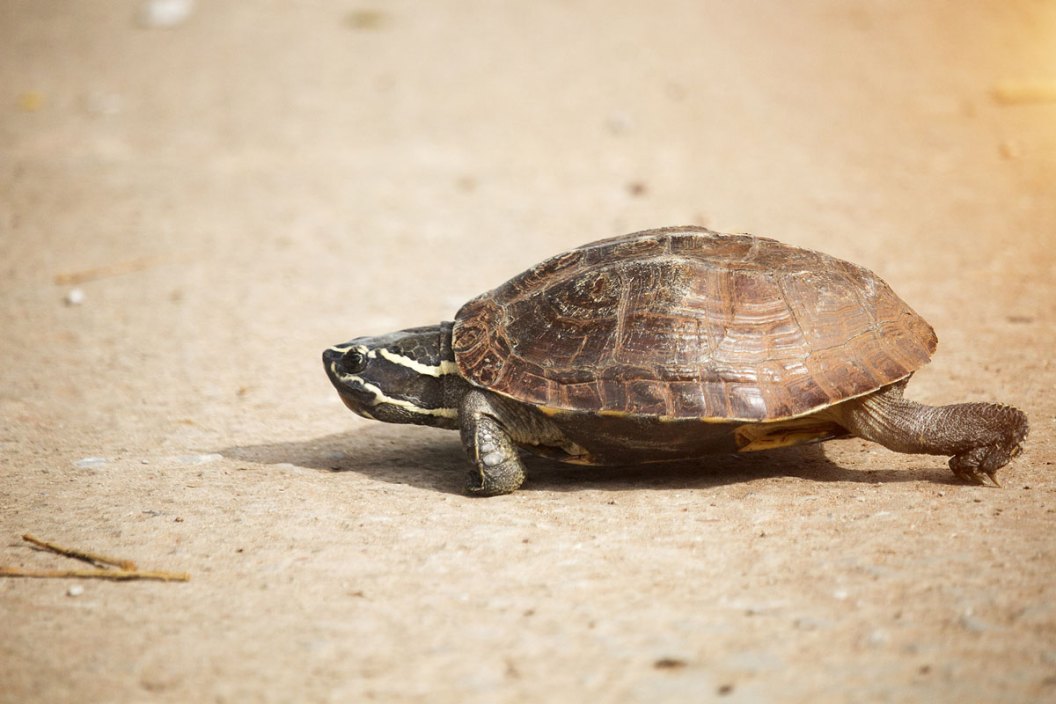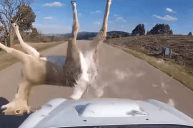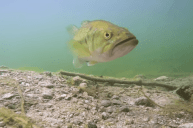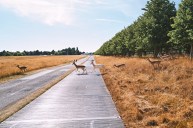Do your part to help them make it across the roads safely!
Wisconsin and Minnesota Departments of Natural Resources are warning their residents to keep an eye out for turtles crossing the roads.
This activity of crossing roads is, of course, not unique to Wisconsin and Minnesota; drivers from all states should be aware of the danger to turtles at this time of year.
"Many turtles and other species are killed on Minnesota roads each year, especially during the nesting season," DNR herpetologist Carol Hall said. "In fact, roadway mortality is believed to be a major factor in turtle population declines throughout the United States."
Wisconsin DNR conservation biologist Andrew Badje says turtles will come up out of the wetlands and actually try to nest on roads. In some cases, though, he says they're just trying to move between wetlands.
The agencies are asking drivers to be extra aware and cautious during this time of year and do what they can to help turtles safely cross the roads.
Roadways near bodies of water or marshy areas are especially hazardous to turtles, and some roads are more likely than others to see turtle activity.
For example, a highway near Horicon Marsh in Wisconsin has more than 100 turtles killed by vehicles every year. But turtles can also travel many miles and can be found fairly far from water.
The Minnesota DNR suggests the following:
- Think safety. Simply pulling off the road and turning on hazard lights may alert other drivers to slow down. Be aware of surroundings and traffic. Do not swerve.
- Avoid excessive handling. While wanting to inspect turtles closely is understandable, excessive handling can disrupt normal behavior. Prolonged examination of turtles should be limited to only one or two individuals of each species.
- Allow unassisted road crossings. When turtles can safely cross roads unaided due to a lack of oncoming traffic, allow them to do so. Observe from a distance and avoid rapid movements, as doing otherwise will often cause turtles to change direction, stop or seek shelter within their shells.
- Handle turtles gently. If necessary to pick them up, all turtles except snappers and softshells or "leatherbacks" should be grasped gently along the shell edge near the midpoint of the body. Be advised that many turtles empty their bladder when lifted off the ground, so be careful not to suddenly drop them.
- Maintain direction of travel. Always move turtles in the same direction they were traveling in when encountered. Turtles should always be moved across roadways in as direct a line as possible. It may seem helpful to assist the turtle in its journey by moving them to a nearby body of water, but it is important to remember the phrase, "if you care, leave it there."
- Document your find. Help document turtle crossing and mortality areas by participating in the Minnesota Turtle Crossing Tally & Count Project.
Wisconsin has a similar citizen-based monitoring and reporting program. The Wisconsin Turtle Conservation Program is the place to get more information and to report turtle sightings and road crossings.
Products featured on Wide Open Spaces are independently selected by our editors. However, when you buy something through our links, we may earn a commission.
NEXT: 'TURTLE WRANGLING' FOR CONSERVATION: DIVE IN AND GRAB A TURTLE





